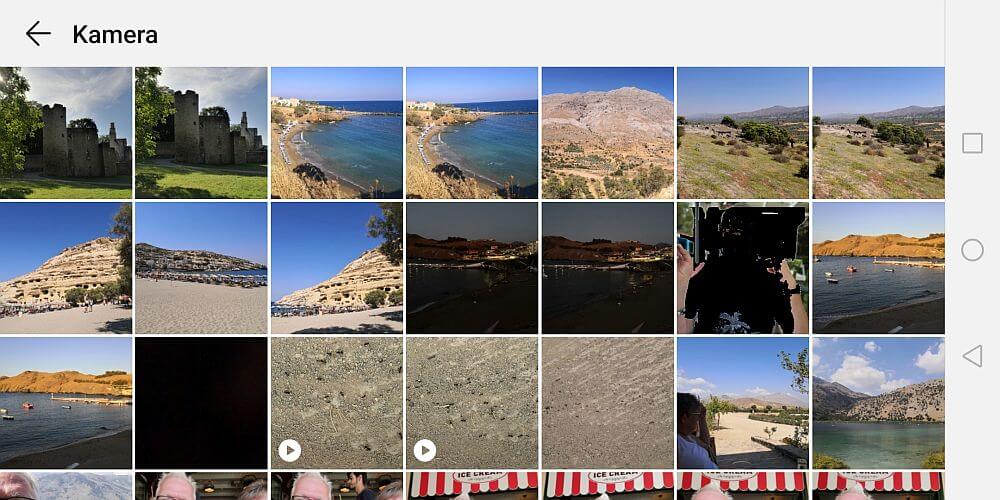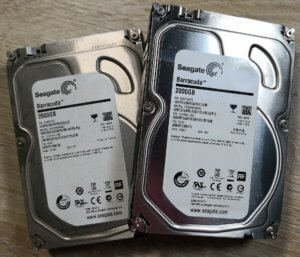Backup not only for photography enthusiasts
Capturing images is done very often, either with a smartphone, a point-and-shoot or with a DSLR/systemcamera. Regardless of the creative work of the images they are also memories worth to be kept in a safe place.
Introduction
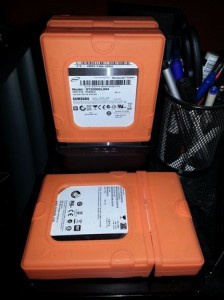 I already did a couple of posts concerning backups like for example backup for Lightroom, doing backups on vacations and with different systems. Depending on your requirements the effort to take may very much. If you are a hobbiest i assume that the topic backup was an issue for you, because the amount of data is normally higher than a personal use of a office computer.
I already did a couple of posts concerning backups like for example backup for Lightroom, doing backups on vacations and with different systems. Depending on your requirements the effort to take may very much. If you are a hobbiest i assume that the topic backup was an issue for you, because the amount of data is normally higher than a personal use of a office computer.
But even images captured with a smartphone or a compact camera are worth it to think about any procedure to assure that those images are not lost. I know people having hundreds and thousands of images on their smartphone but don’t even think about the case the smartphone gets stolen or other things happen which will not allow to get access to the images.
There might be some overlaps but i want the topic to viewed at from a users perspektive und present solution i use by myself.
I also did a little video on this:
Smartphones
The overall quality of the smartphone cameras is getting better and better, so once in while i’ll use a smartphone to capture an image quick and easy and maybe to post the image on social media. And since the amount of storage capacity is also increasing your gallery might look like this one here:
Maybe some of the images are not worth it to be kept, but other are and in any case these images are memories worth to be kept. And there we have some opportunities.
Cloud-Storage
 One of the most convinient solutions from the users point of view might be a cloud storage, regardless if we talk about DropBox, Microsoft One, Google Drive or NextCloud. The correspondig apps take care to upload every new image/video clip automatically to the cloud, so you have a second copy.
One of the most convinient solutions from the users point of view might be a cloud storage, regardless if we talk about DropBox, Microsoft One, Google Drive or NextCloud. The correspondig apps take care to upload every new image/video clip automatically to the cloud, so you have a second copy.
This solution assumes that you don’t have any concern against cloud storage and that you are willing to pay a monthly fee. The payment of course depends on your storage requirements. Caculating a normal JPEG from my Huawei Mate 10 Pro with arround 5 MB then 1 GB of cloud storage lasts for 200 images only. And if you add video clips that is more then tight because most recent smartphones can capture video clips in 4K.
Notebook
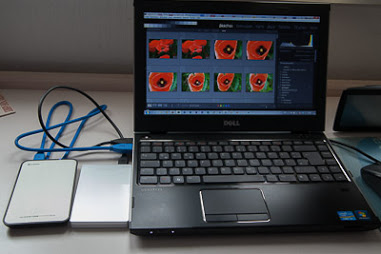 Of course you can connect your smartphone to a notebook or desktp pc to store the images from the DCIM folder to the device. But this should be only one place to store your images on, because a SSD/HDD can fail.
Of course you can connect your smartphone to a notebook or desktp pc to store the images from the DCIM folder to the device. But this should be only one place to store your images on, because a SSD/HDD can fail.
On vacation you can also store your images from a regular DSLR or systemcamera ot have a second copy just in case. Back at home you can do a regular backup.
External harddrive
But even without a notebook you can store your images on an external harddrive depending on the device. You need a USB-OTG capable smartphone and a corresping cable.
This allows a harddrive to be connected to the smartphone and a backup of your images/video clips. I advice a second copy on another harddrive since external harddrive are pretty cheap, arround 60-70,– € for 1TB of storage capacity.
If you own an iPhone or another device which doesn’t allow to directly connect an external storage the RavPower Filehub might be a solution to do a backup. There also external harddrives which can be connected via WiFi.
Devices with memory cards
This could be smartphones too but i’m talking about DSLR and systemcameras. Here you just take the memory cards and store their contents on your notebook or your desktop pc or if available to your NAS.
But of course you have to take care to backup your local drive to other external drives or a NAS so you have at least one copy, better two.
Lightroom backup
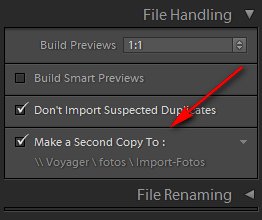 Lightroom supports the backup of the catalog to any external drive or a NAS. In the import dialog you can choose to make a copy of all imported files to another drive. But the main backup of all imported images has to be done outside of Lightroom with your own tools. For backup purposes i use robocopy for 7-8 years now with any problems.
Lightroom supports the backup of the catalog to any external drive or a NAS. In the import dialog you can choose to make a copy of all imported files to another drive. But the main backup of all imported images has to be done outside of Lightroom with your own tools. For backup purposes i use robocopy for 7-8 years now with any problems.
Robocopy snyches all images/videos from the local drive to a NAS. In addition i backup the NAS drives to external USB harddrives.
Conclusion
Even with smartphone images a backup solution makes sense. For other scenarios like vacation or other devices like DSLR/systemcamera there is a backup solution, so that the images are safe.
Maybe you’ll like to drop me a comment how do you backup your images/videos and other files (external drive,NAS,Cloud)
ciao tuxoche
